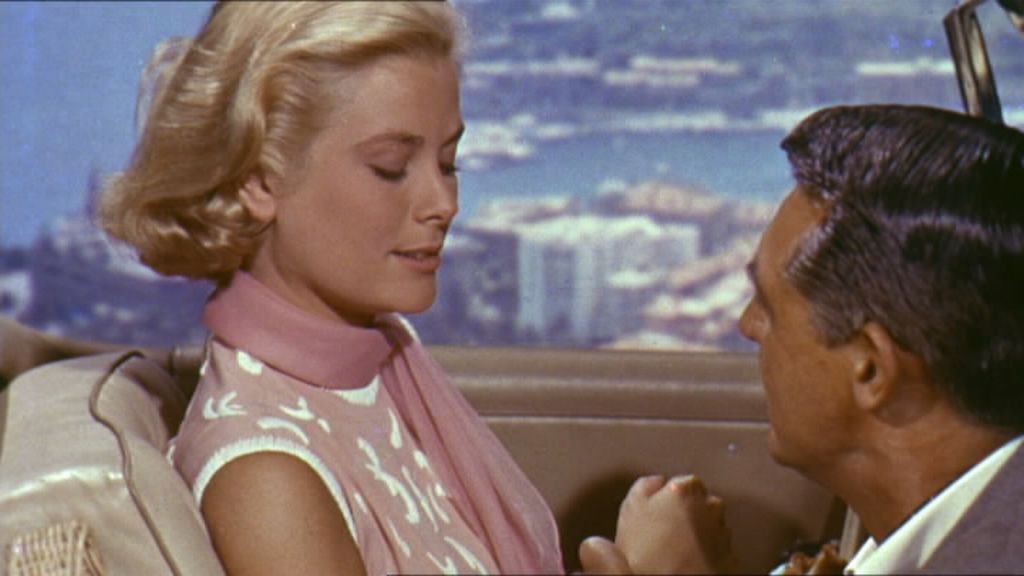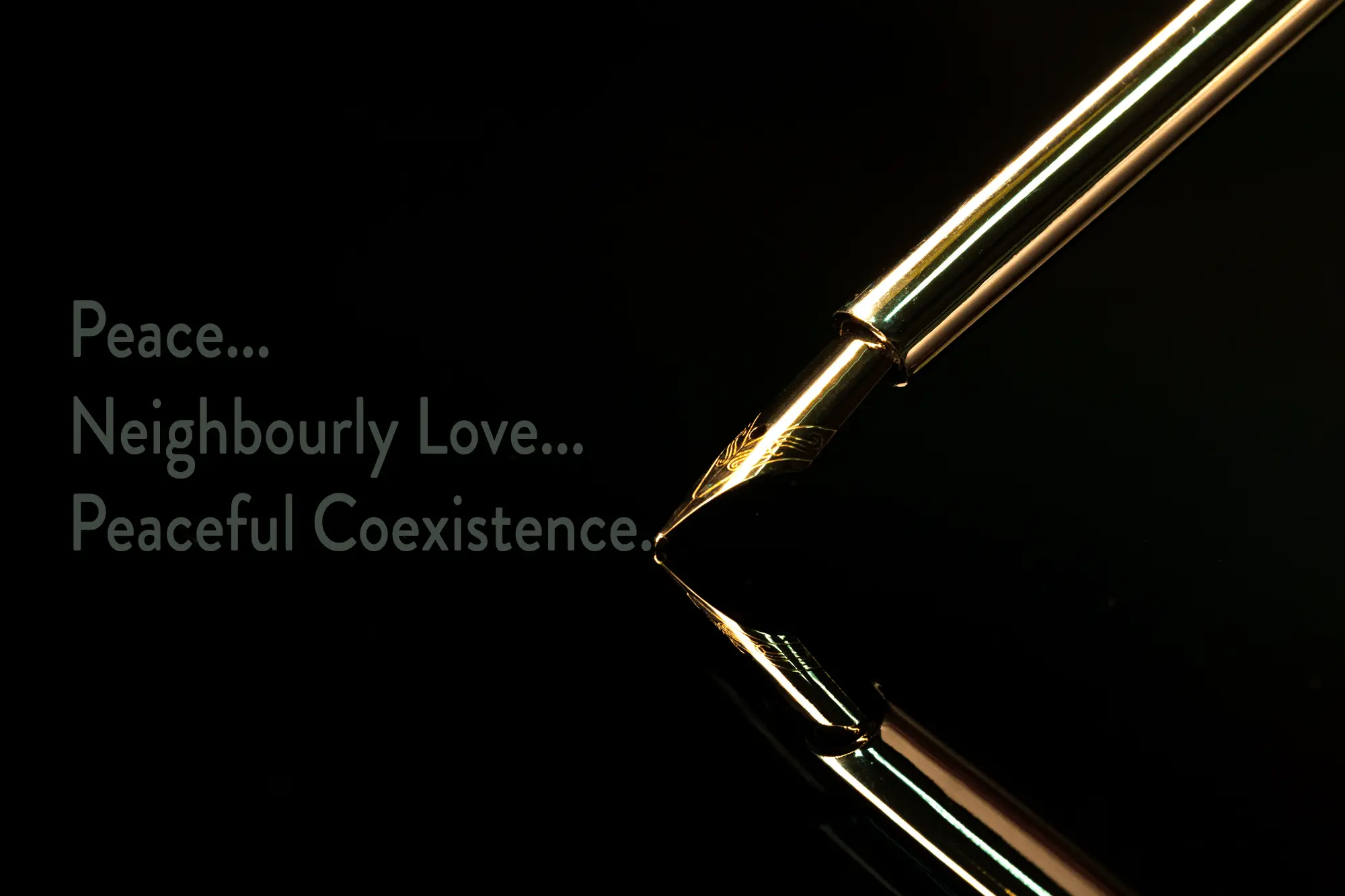
Alfred Hitchcock in movies is called the master of suspense. He is unique that way – in this comparatively young art, existing for a little over a hundred years and having started basically with slapstick and vaudeville comedy – he has made unforgettable classics, such as The Man Who Knew too Much, North by Northwest, Birds, To Catch a Thief or Rear Window.
In all of the above a recurring theme is the immaculate, enticing and tall, beautiful blonde, characterized by a definitive ‘come-hither’ look and graceful and stylish appearance, made up to swooning point, into that quality Hollywood always sells best:
The larger-than-life heroes and heroines.
A memorable exchange between the two main characters takes place in a few scattered scenes in North by Northwest:
After a brief, passionate encounter that these days would be called a ‘one-night-stand’, the two main characters are hurdled and chased through a story of mystery, spies, agents, government secrets and espionage at its most polished and at the same time elegant suspense including mysterious strangers and hidden ‘looks’.
Yet, the looks of men towards women are not that hidden, especially on camera…
I am driving at the underlying principle of patriarchal society where men are supposed to judge a woman and her attractiveness by looks, three-fold:
-
- Look-at-her: Gaze, look, pay attention, by using the visual capabilities nature has provided – and, more importantly, culture has instilled…
- Looks: Is she dressed nicely, to signal she is ready to attract attention – at least – and has an even and nicely shaped face, in turn considered to be bautiful?
- Looking-back: Are the eyes expressive of preparedness, the ‘come-hither’ look?
This way, the term ‘looks’ gets an almost completely changed meaning, which encompasses all the aspects and often unconscious implications:
Women are looking a certain way, ‘at’ a guy – and ‘to’ a guy – and are judged – thus:
Either interesting in the role of fleeting and perhaps even exciting adventure – not to be taken seriously and easily passed over.
Or, on the other hand, rather plain, less ‘enticing’ looks and thus ready to be made into a (house)-wife…
I add an edit of the scenes in North by Northwest here.
I find them almost revolutionary on Alfred Hitchcock’s part, to whom one cannot help take off one’s hat, any time!
They make abundantly clear if you care to listen closely, how easily the above stereotypes cause misunderstanding, at least.
Hitchcock shows female lead characters who are almost completely out of tune in the mid-nineteen-fifties:
Self-dependent, courageous and ready to take a stand – underneath all that polish… But perhaps these qualities are still far too much overlooked in women, even these days…
Let’s ‘look’ past the image(s) that make up our idea of the world – or our idea of women.
But then of course, there are always those who do not know about or realize the above – and may stay in a comparatively adolescent approach, what I like to call ‘the giggle state’ regardless of their true age, on these subjects. Usually a smaller percentage of any population, I am happy to note.
Author’s note:
It might appear as if I was solely drawing on my own ideas or observations for this. But quite simply, the whole of social sciences (recently also: behavioral sciences) have been describing these patterns for centuries.
“social science, any branch of academic study or science that deals with human behaviour in its social and cultural aspects.” (Britannica)
I love to find out about people, humans and the real causes and effects, looking past images and traditions or customs that hamper knowledge rather than help it along.
